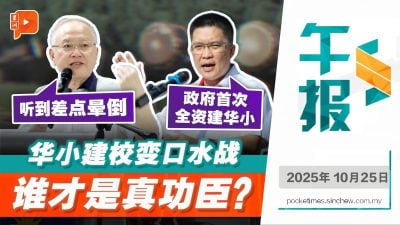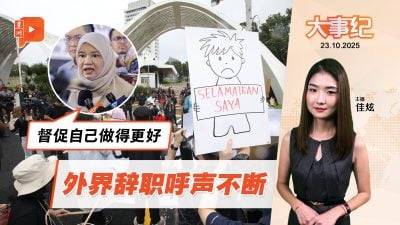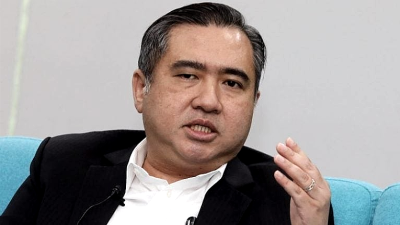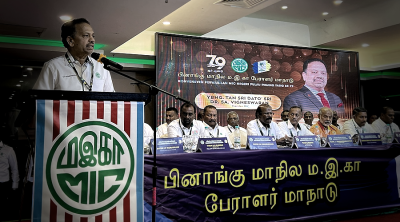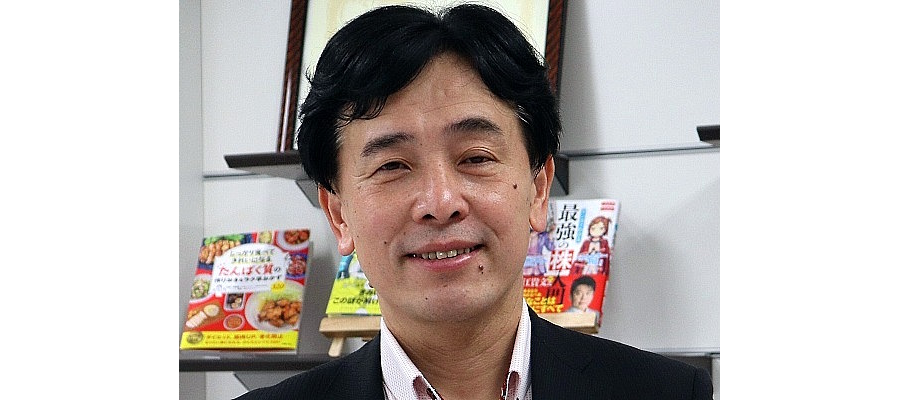
By distancing itself from free trade and multilateralism, as well as by imposing reciprocal tariffs, the United States is undermining the free trade system that has driven Asia’s growth.
Asian countries have historically achieved export-led growth by building supply chains throughout the region under the free trade system.
Amid growing global protectionist trends, Asia must not abandon free trade. Instead, it must have the courage to create and lead a new current of free trade.
As many Asian exports are being shut out of the US market due to the impact of reciprocal tariffs, moves to establish new free trade agreements (FTAs) are becoming apparent.
However, if these FTAs are merely ad hoc or stopgap measures, they cannot bring the world back to the current of free trade.
In this light, the Regional Comprehensive Economic Partnership (RCEP) symbolizes free trade in Asia and serves as a strategic platform.
Given its scale and institutionalized framework, now is the time to improve and utilize the RCEP to make it a more effective and attractive system.
RCEP institutional progress and year of review
The RCEP was signed in November 2020 and took effect on January 1, 2022. It accounts for 30 percent of the world’s population and economy, befitting its status as a “mega-FTA.”
Nevertheless, it is difficult to conclude that businesses are actively utilizing the RCEP system. One reason for this is the extremely long timeline for tariff elimination.
While most conventional FTAs are designed to eliminate tariffs within around 10 years, the RCEP sets an extremely long timeline of 20 to 25 years for many tariff items.
The RCEP will not eliminate tariffs until 2042–47, so it is hardly a system that can be used right away.
It will not promote corporate investment or export strategies. Furthermore, the rate and timing of RCEP’s tariff reductions are unlikely to provide greater benefits than those of other existing FTAs that have already taken effect.
To increase RCEP’s attractiveness and usability, amendments should be actively discussed, including redesigning the tariff reduction and elimination structure to shorten the liberalization schedule.
The opportunity to enhance the attractiveness of RCEP is now upon us. Now is the time to increase the appeal of the RCEP.
The RCEP Support Unit (RSU) was established within the ASEAN Secretariat in December 2024 to support the implementation of its provisions.
Furthermore, a “General Review” of the RCEP is scheduled for 2027.
This review will provide an opportunity to discuss ways to strengthen the agreement’s provisions, ensure harmonization of regional rules, and revise the liberalization schedule.
This review could be a turning point in the evolution of RCEP toward a more forward-looking approach.
Taking advantage of this opportunity to review and build an “attractive RCEP” through overall system reform could potentially act as a catalyst for India’s return.
While reforming the RCEP system as a whole is important, tariff reduction measures, which have a significant impact on free trade, should be prioritized as a key negotiation agenda.
Discussions should be advanced early to reach an agreement.
ASEAN’s leadership and Japan’s strategic responsibility
ASEAN has experience, dating back to the days of AFTA (ASEAN Free Trade Area), in building its centripetal force through measures such as accelerating tariff elimination deadlines and reducing sensitive items.
ASEAN can leverage this experience to demonstrate its centrality and revitalize the RCEP by accelerating the elimination deadline.
Specifically, ASEAN should take the lead in taking the following actions:
Present acceleration proposals: Propose accelerated tariff elimination schedules, either in stages or by product group. For example, ASEAN could propose accelerating tariff elimination deadlines by around ten years for the most competitive industries and export-oriented sectors.
Trial model products and country frameworks: A “model for early elimination” could be tested on a few products and countries to demonstrate results and be adopted by others. This would increase the credibility and persuasiveness of the system reform.
Diplomacy and strategic cooperation: With the General Review in 2027 in mind, 2026 could be a preparatory period in which to build consensus on institutional reforms among member states that have economic influence.
Now is time to strengthen RCEP with a future-oriented approach
As the United States backslides on multilateralism and the tide of free trade wanes, accelerating the RCEP is an essential and effective strategy for reviving free trade in Asia.
Japan and other key RCEP member countries should proactively propose and coordinate reform initiatives to strengthen the momentum for free trade in Asia.
ASEAN and Japan are responsible not only for maintaining the RCEP system but also for developing it into a flagship for the revival of free trade in Asia.
Only by revitalizing the RCEP, increasing its appeal and usage, and linking it to future expansion can Asia take the lead in the next generation of free trade.
Asia must rebuild RCEP with a future-oriented approach and establish it as a central axis that will once again set the global trend of free trade.
(Seiya Sukegawa is Professor at the Faculty of Political Science and Economics, Kokushikan University, Japan, and Visiting Professor, Thai-Nichi Institute of Technology, Thailand.)
ADVERTISEMENT
ADVERTISEMENT






